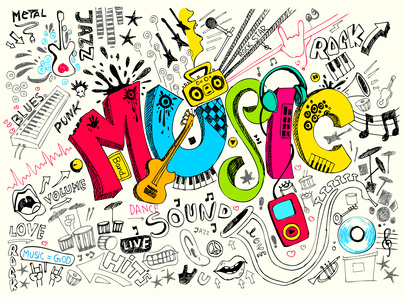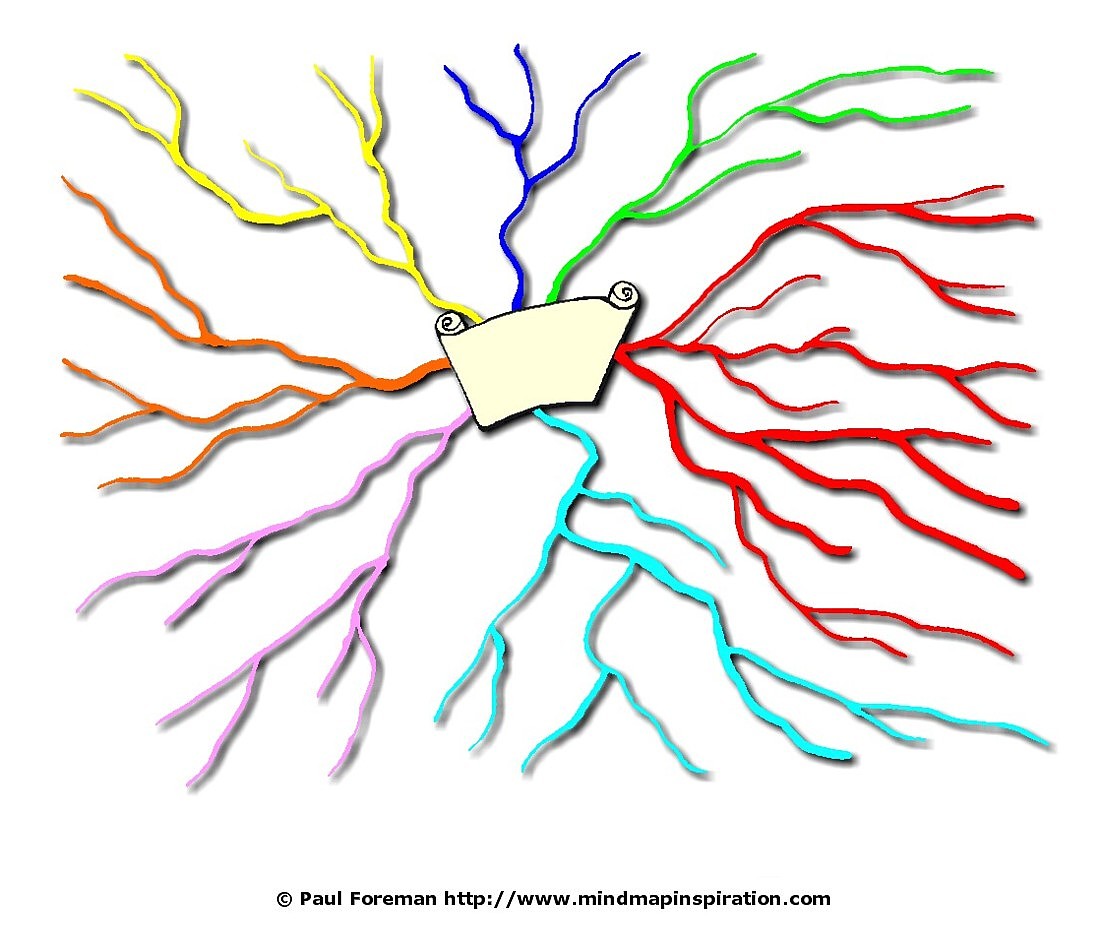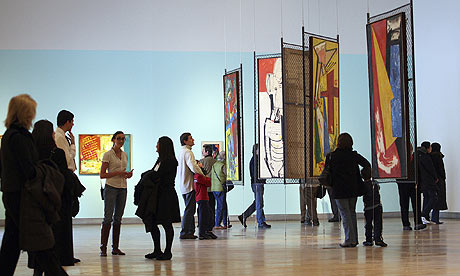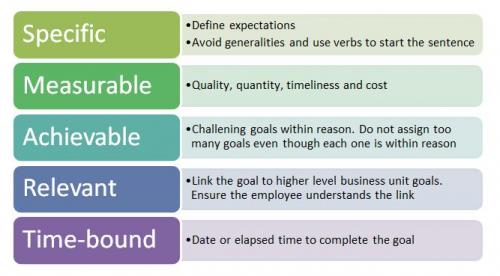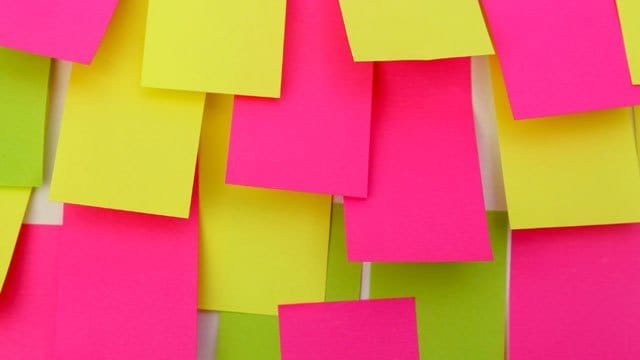October 1, 2014
E.Q: How do similes and metaphors help us understand theme?
Obj: I can use critical thinking skills to think creatively.
Starter:
Mini-Project Proposal
You will create one large overarching simile or metaphor to represent the theme of the book you are reading.
Each component of simile/metaphor must be explained in detail.
Once you have your simile/metaphor you will create a representation of this idea.
Your representation may be in the form of the following:
Poster
Poem
Collage
Song
Etc.
Each figure of speech must have an explanation.
In your notebook explain your large overarching simile and medium you will use.
EXAMPLE:
Fear is like fire.
The wood is the mental part of the fear. It is where it is born.
The match is what the person is afraid of. It sparks the fear.
The fire is the reaction. Do you run or face it?

Use the GoogleForm to fill out proposal.
Activity:
1. Creation Phase
Either with a partner or independently work on creating your representation.
You will be displaying these tomorrow in class.
Closure:
How did this mini project impact your understanding of the theme?
Homework:
Monster
159-175
Black Boy
200-222
Native Son
226-251

